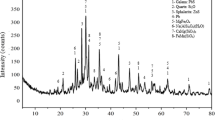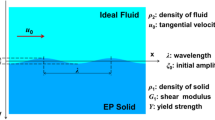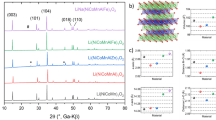Abstract
I OBSERVE in NATURE (vol. xviii. p. 397) a note of some experiments on this subject. The results of these experiments (unless with lead) are, I think, very similar to some which I have made, and described in your pages (see NATURE, vol. xvi. p. 23), viz., that with heavy pieces the metal first sank and then rose to surface; with light pieces the “skin” formed on the surface of the ladle was sufficient to keep them afloat. From these experiments I drew the conclusion that the cold solid metal was specifically heavier than the molten metal, but after a short immersion, depending on size of pieces, these pieces had expanded by the great heat around them so as to have their bulk increased sufficiently to enable them to float. My experiments with solid pieces of lead showed that they sank and did not come to the surface, and could be felt lying at bottom. Pieces of sheet lead rolled up floated.
This is a preview of subscription content, access via your institution
Access options
Subscribe to this journal
Receive 51 print issues and online access
$199.00 per year
only $3.90 per issue
Buy this article
- Purchase on SpringerLink
- Instant access to full article PDF
Prices may be subject to local taxes which are calculated during checkout
Similar content being viewed by others
Author information
Authors and Affiliations
Rights and permissions
About this article
Cite this article
MILLAR, W. Floating of Solid on Molten Metal. Nature 18, 464 (1878). https://doi.org/10.1038/018464a0
Issue date:
DOI: https://doi.org/10.1038/018464a0



